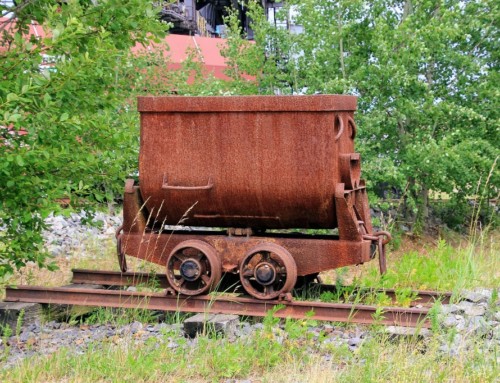
A bird pollinating a flower. Image credit gilligalloubird.com
ZIMSEC O Level Combined Science Notes: Reproduction in plants: Examining adaptations of flowers to pollination
Materials: maize(male and female) or any type of grass flowers, bean flowers or any insect pollinated flowers, hand lenses, microscope slides, microscopes
Method
- Identify an example of a wind and insect pollinated flower
- Look for features identified in the typical flower diagram here.
- Draw each flower and label the features which adapt the flower to its pollination method
- Collect the pollen of each flower type and examine it under a microscope
- Identify the differences between the pollen collected from wind pollinated flowers and that from insect pollinated flowers.
Results and Conclusion

Lady bugs are an example of pollinators. Image credit earthrangers.com
- There is a difference between wind and insect pollinated flowers
- Each flower has adapted to its type of pollination in a way that maximizes the chances of pollination
- There is a difference between the pollen of wind and insect pollinated flowers
- Examples of pollinators (insects found pollinating flowers) are: butterflies, bees, ladybugs, birds, bats etc
NB The differences between wind and insect pollinated flowers are outlined here.
To access more topics go to the Combined Science Notes page.







